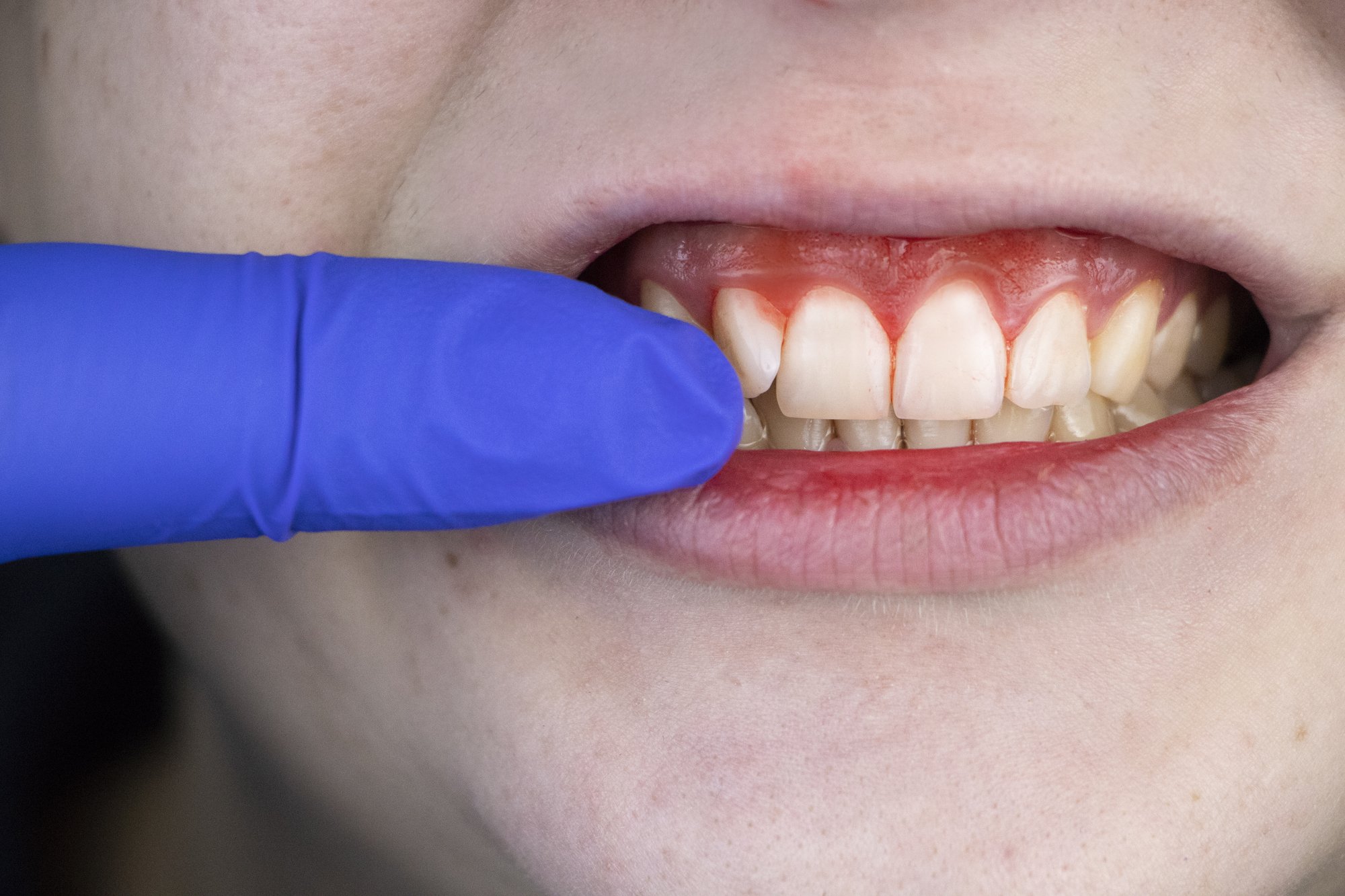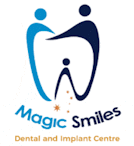
Periodontal (gum) disease is an infection in the mouth that can lead to tooth loss and damage systemic, overall health. Periodontal diseases and conditions are a considerable health crisis in the Australian population, with 3 out of 10 Australian adults having moderate to severe periodontitis.
Even more alarming is that many people don’t even realize that they have gum disease due to common misconceptions.
In this blog, we debunk five common myths about gum disease to help you better understand what it is, how it develops, and possible treatments.
1. “My gums don’t hurt.”
Remarkably, periodontal disease isn’t typically painful and is often referred to as a “silent” disease. Usually, by the time you feel pain from periodontal conditions, the infection has spread and is too severe to be reversed.
Here are some early signs to be aware of:
- Sensitive, bleeding, or receding gums
- Loose teeth
- Chronic bad breath
- Discomfort when chewing
2. “Periodontal disease only affects the mouth.”
Periodontal disease starts in the gums, but the infection can get into the bloodstream and spread throughout the body. Researchers at Harvard University note that people with periodontal disease have a higher risk of:
- Diabetes
- Chronic respiratory disease
- Dementia
- Pregnancy complications
How is gum disease connected to some chronic health issues? Inflammation plays a role in all of these conditions. For example, successfully treating diabetes reduces the severity of periodontitis (and vice versa). By treating the inflammation, symptoms of these systematic conditions (including periodontal disease) lessen.
3. “I brush and floss every day to prevent periodontal disease.”
Consistent, thorough at-home oral hygiene routines are crucial for managing periodontal disease. Nonetheless, just brushing and flossing can’t always prevent gum infections from developing. Regardless of how good you’re brushing or flossing, genetics, smoking, and some systematic conditions can increase the possibility of gum disease emerging.
Additionally, when gum infections are left untreated, “pockets” start to form around each tooth and deepen as the disease progresses. Once the pocket is deeper than 4mm, a toothbrush and floss cannot reach the bacteria, plaque, and tartar beneath the gums. In this instance, scaling and root planing (or deep dental cleaning) treats this stage of the disease. If too much damage is done, restorative measures, like gum grafts, are needed.
4. “I’ve never had a cavity, so I can’t have gum disease.”
If you’re fortunate enough to have never experienced tooth decay, you could still possibly develop periodontal disease. Oral bacteria cause both cavities and gum disease; however, different types of bacteria cause both of these conditions:
- Porphyromonas gingivalis causes gum disease.
- Streptococcus mutans causes cavities.
Unfortunately, otherwise healthy teeth can still become loose and fall out if advanced periodontal disease destroys the supporting gum tissue and underlying jawbone.
5. “Gum disease can be cured.”
Gingivitis, the earliest stage of periodontal disease, is often reversible with early intervention. With regular cleanings and checkups, a dentist can help identify and reverse the early signs of gingivitis. However, as the disease progresses to periodontitis, it can only be treated and not cured. Additional professional cleanings, treatments, and possibly surgery may be necessary to help alleviate advanced symptoms.
Schedule an Appointment
Periodontal disease is a leading cause of missing teeth in people over the age of 15. Prevention and early intervention are key.
Dr. Pathak monitors gum health with professional dental cleanings and exams. If you suspect that you may have gum disease, or if you simply want to prevent it, call (02) 6654-0650 or message us online to schedule an appointment at our Woolgoolga, NSW location.


